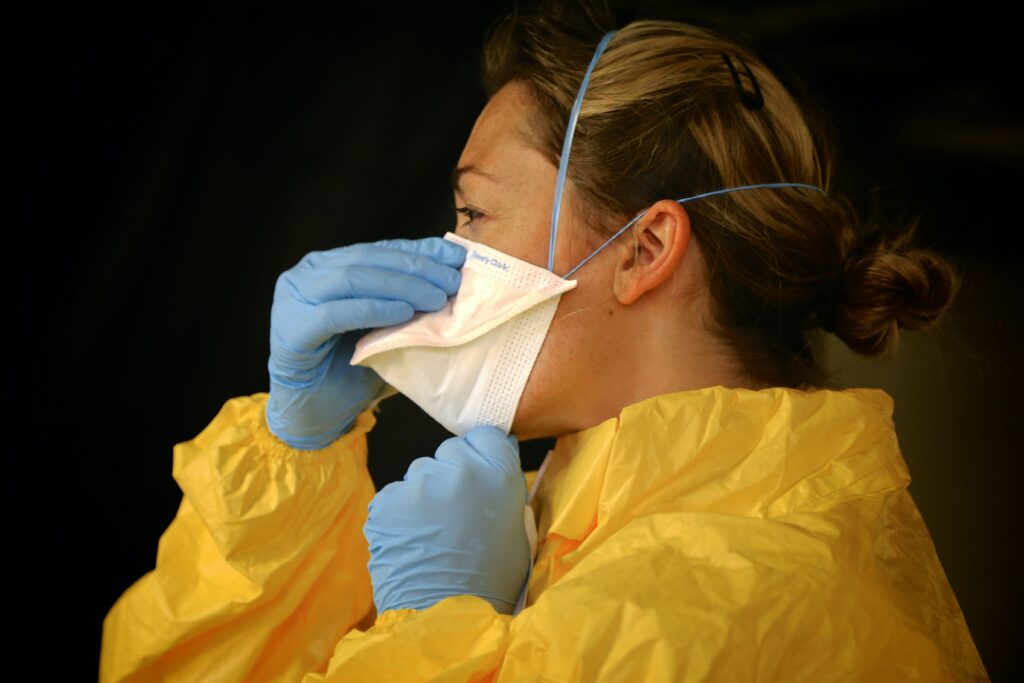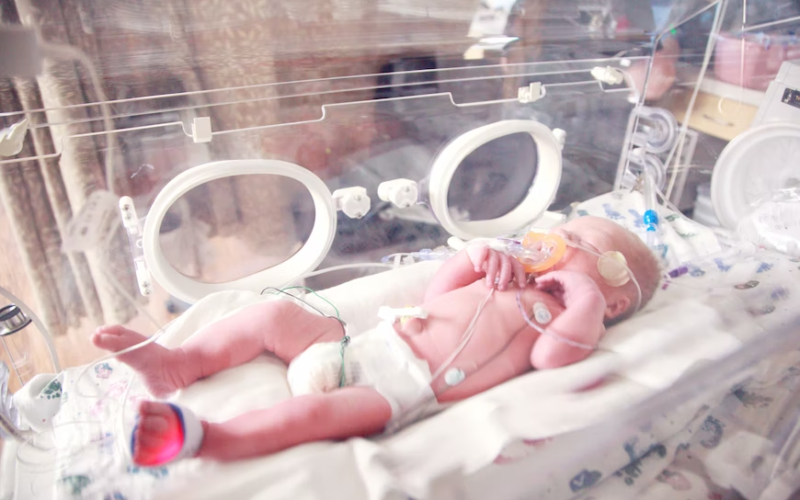The dangers of bloodborne pathogens (BBPs) are more serious than most people think. Millions of people are at risk of contracting bloodborne diseases like hepatitis, malaria, syphilis, or HIV without knowing it. Most of them are working in healthcare.
Medical professionals understand the dangers of BBPs, but employees in companies connected to health organizations do not. The lack of information about these pathogens is dangerous. Workers might unknowingly expose themselves and other people.
The issue of BBPs fall under the auspices of the Occupational Safety and Health Administration. The OSHA requires businesses and organizations subject to OSHA rules to undergo bloodborne pathogens training. Here’s what prospective trainees should know about the program.
What are Bloodborne Pathogens?
Bloodborne pathogens are microorganisms found in blood and other potentially infectious materials (OPIM). These pathogens can cause hepatitis B, hepatitis C, the human immunodeficiency virus (HIV), malaria, syphilis, and brucellosis.
BBPs are transferred in various ways. The most common is through the exchange of body fluids. Unprotected sex, blood transfusions, sharing needles, and other drug paraphernalia can transmit the virus from one person to another.
Why Undergo Bloodborne Pathogens Training?
Health organizations and specific companies have to comply with OSHA’s Bloodborne Pathogen Standards. It’s an amended regulation that advocates safeguards to protect employees from the dangers of bloodborne pathogens.

The bloodborne pathogens training course teaches professionals how to reduce and prevent exposure to BBPs in the workspace. Participants will learn vital techniques to prevent bloodborne contamination in various situations. They will also learn how to protect themselves and other people.
The training is beneficial in many ways. It gives employees life-preserving skills. It can develop confidence and a heightened understanding of workplace safety.
Which Groups are Required to Take Bloodborne Pathogen Training?
Employees that might come in contact with blood and OPIM should take a bloodborne pathogen training course. Doctors, nurses, first responders, and other health professionals are required to be trained in BBPs.
Teachers, school employees, janitorial staff, waste disposal workers, and tattoo artists should also enroll in this training course. People working in blood banks, medical assistants, and technicians specializing in medical equipment should also comply with Bloodborne Pathogen Standards.
How Often Do Workers Need Training?
OSHA’s Bloodborne Pathogens Standards require employers to organize BBPs training every year. It should be a requirement for all new workers and management staff.
The company should also provide refresher courses or recertification in BBP training once a year and when a worker changes jobs or is assigned a different work.
It’s also best practice to provide additional training after an on-site incident or when external issues affect the company’s exposure risk. There should also be an upskill training when there are changes done to the Exposure Control Plan. Refresher courses are also necessary when internal procedures are changed or updated.
Employees who finish bloodborne pathogens training will receive a training certification that’s valid for a year.
What Topics are Covered in Training?
Bloodborne pathogens training teaches workers the dangers of BBPS and how to mitigate the dangers. Training topics often cover:

- Definition of BBP and OPIM
- Where you might come in contact with BBPs
- How BBPs are transmitted
- Risks of getting a bloodborne disease and the complications it can bring to your life
- How to stop its spread using appropriate and safe health protocols in the workplace
- The proper way of using personal protective equipment (PPE) and why it’s crucial
- Employer’s Exposure Control Plan
- Steps to take if an individual is exposed to BBPs. Training will cover various scenarios a worker could encounter
- Ways to actively participate in reducing the risk of BBP exposure
- Develop a sense of responsibility for protecting people from the ravages of a bloodborne pathogen transfer
How to Get a BBP Training Certificate?
You need to complete a Bloodborne Pathogens course. You can enroll and study at a reputable training company. An online course uses various media, from videos and books to extensive practice tests. You can study at your own pace.
Participants will take an untimed exam after completing a BBP training module. A score of 80% is the passing grade. You’ll receive a certificate once you’ve taken and passed the exam.
Do What You Have to Do
The threat of bloodborne pathogens is real and should be treated with seriousness and urgency. Otherwise, a worker becomes vulnerable to severe health issues caused by hepatitis or HIV/AIDS.
Proper training and sensible precautions can reduce the risk of exposure to BBPs, even among workers in high-risk jobs. Employers should organize bloodborne pathogens training for their entire workforce. It’s the best way to ensure a safe and healthy work environment.
Barbra Maranda
Latest posts by Barbra Maranda (see all)
- 6 Study Tips For College Students - March 27, 2024
- Benefits Of A Smoke-Free Home - March 13, 2024
- Cyberbullying Affects Teens More Than You Know - March 9, 2024




